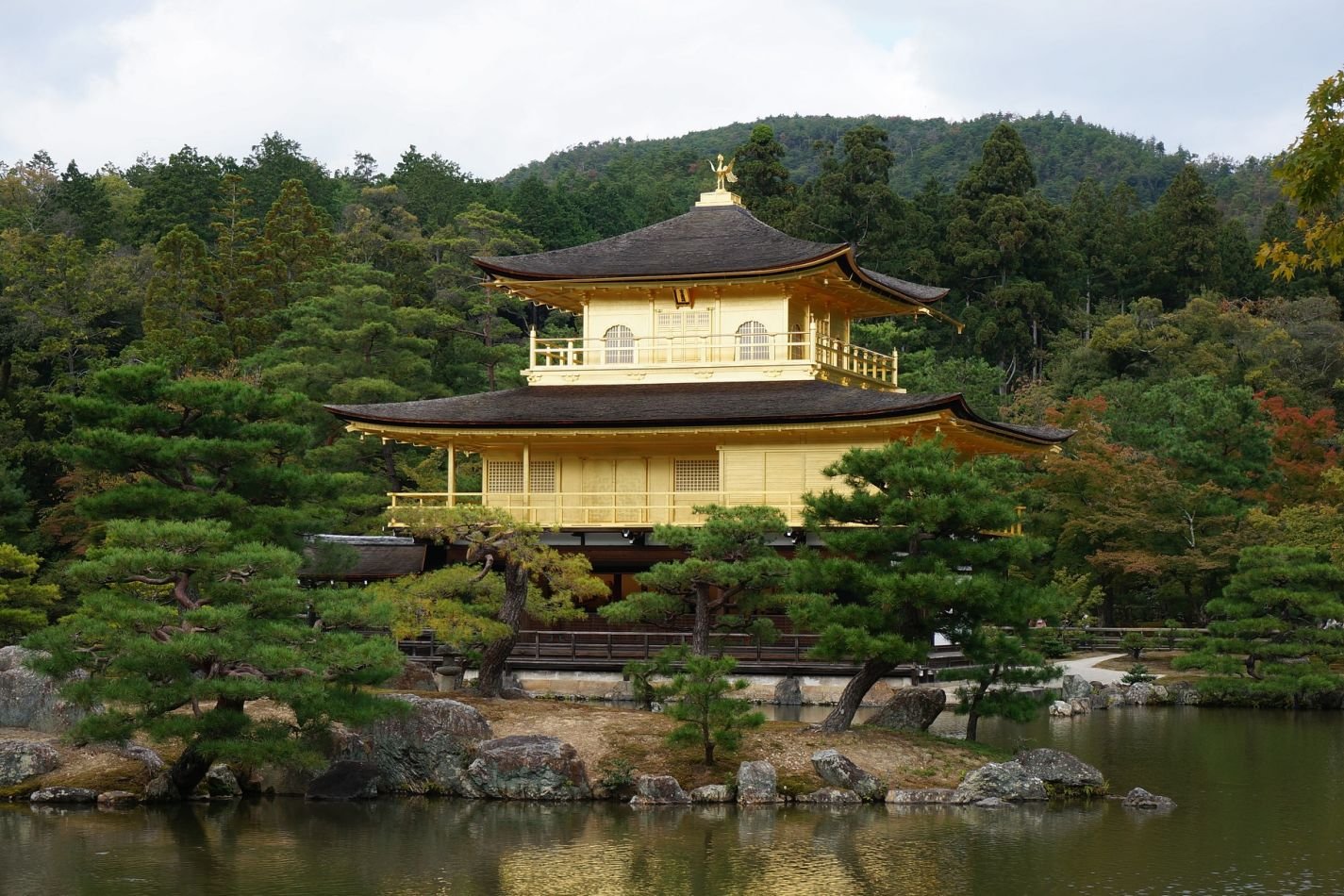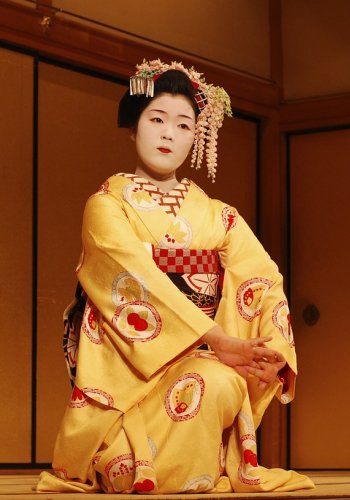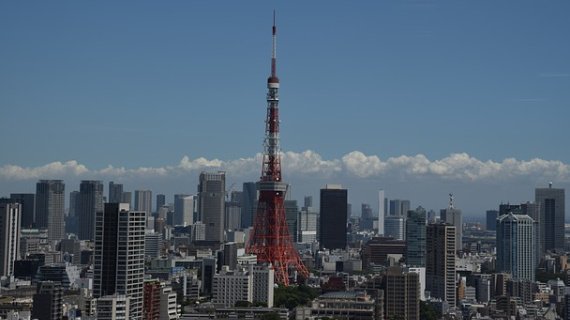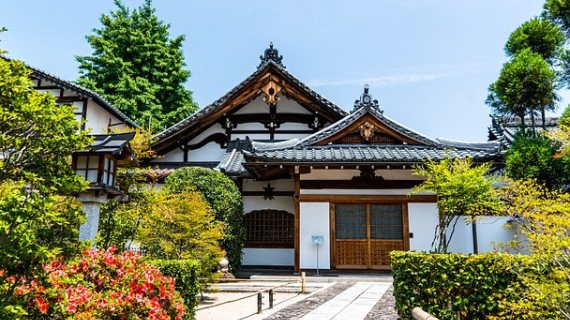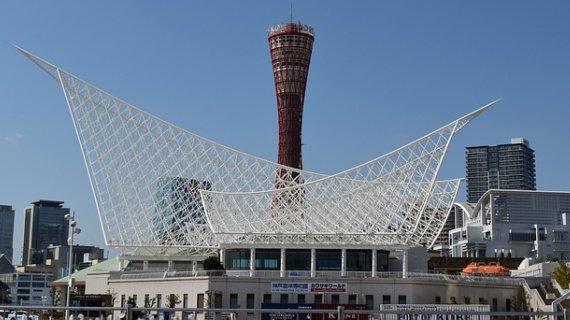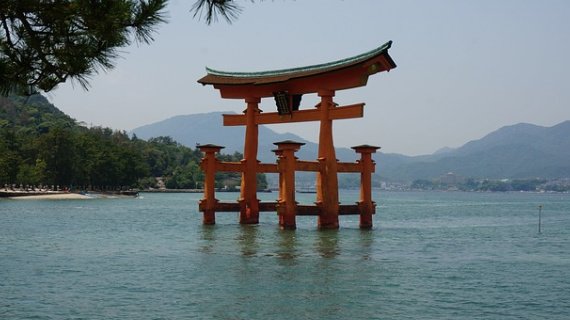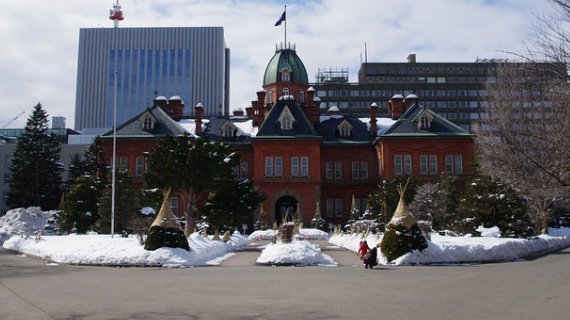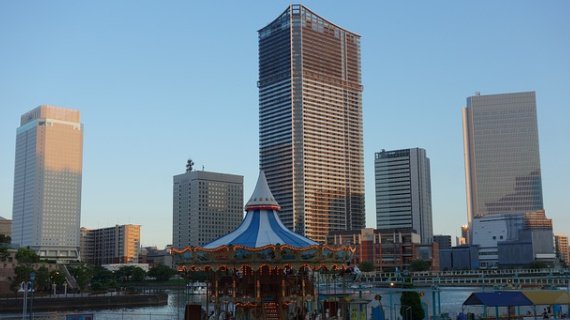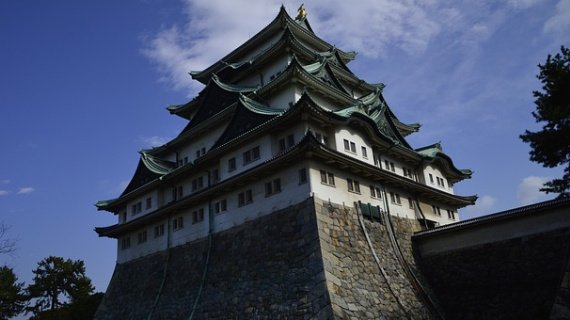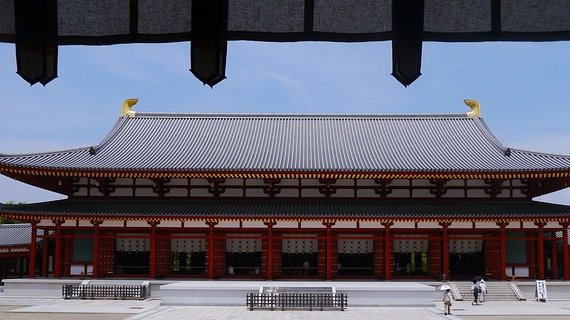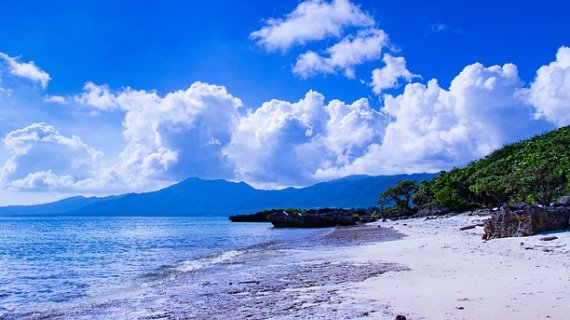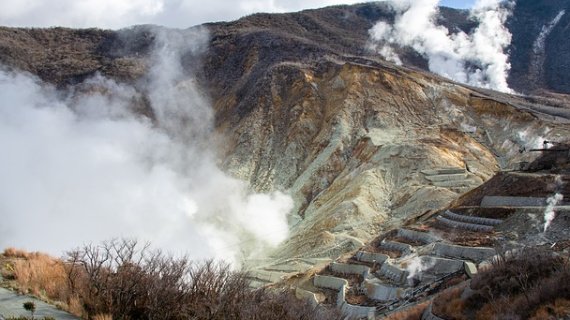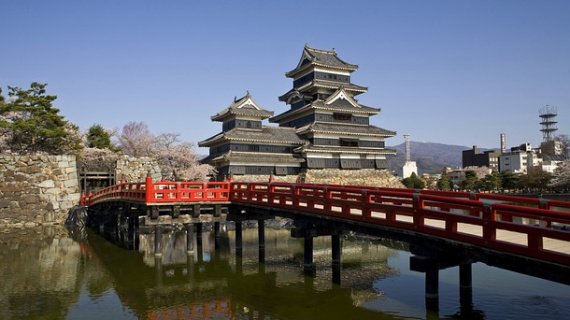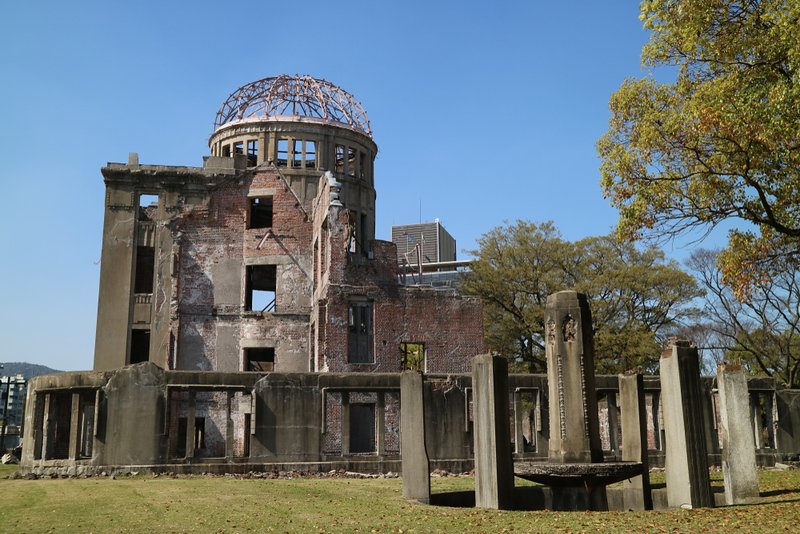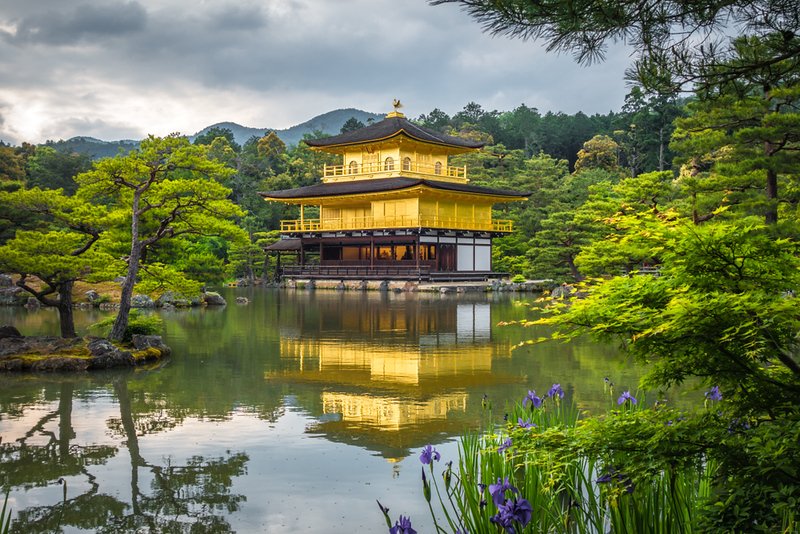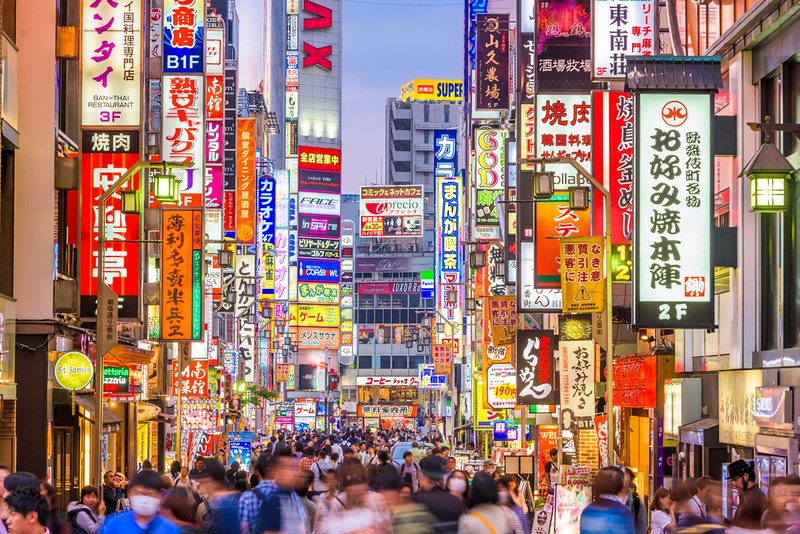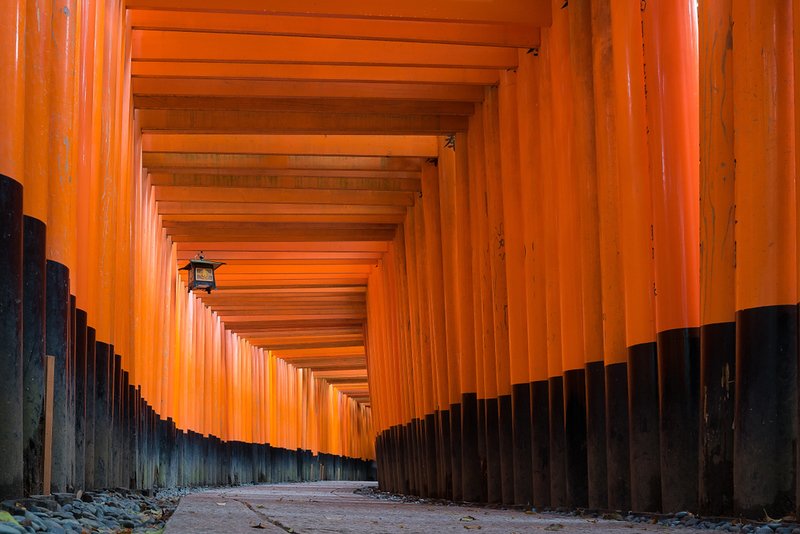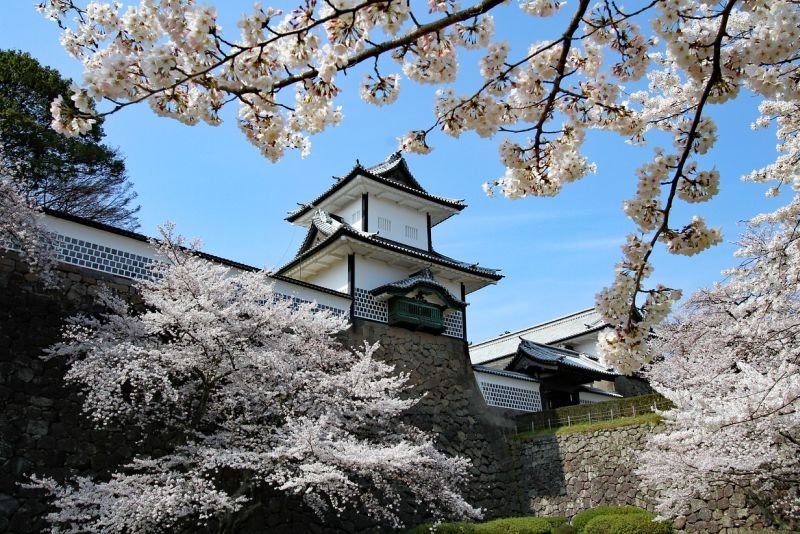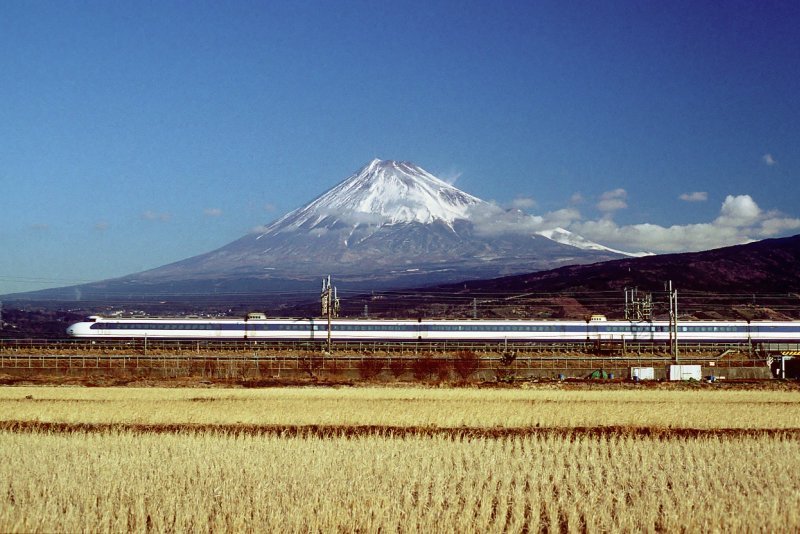See a Geisha
Geisha are found throughout Japan with their white-painted faces, traditional Japanese hairstyles and fabulous kimonos, but Kyoto is considered the birthplace of geisha culture. The city’s historic Gion district is probably the most popular place for seeing geisha. Contrary to unsavory myths, geisha are actually professional entertainers hired to perform and interact with guests during dinners and other occasions. Geisha are aware that they are a special and unique aspect of the Japanese culture and subject to interest so it is a part of their lives, but people need to respect them too. This means you shouldn’t block their way by standing in front of them when they’re walking. Take photos from the side or back, but leave their path open.
Enjoy Tea Ceremony
Experience the true art of tea drinking by taking part in a tea ceremony at a temple. Learn about the ancient ritual of tea drinking, it’s social significance to Japanese culture and sample various different teas. Get the chance to sample matcha tea at its best. The Tea Master will guide you throughout, showing and explaining every step of the way. Throughout the ceremony you will be taught the fine art of drinking matcha tea and learn about the importance of the ceremony. You’ll be able to learn the history of tea and tea ceremonies in Japan as well as it’s cultural significance. You can also buy your own tea set.
Stay at a Ryokan
Staying at a ryokan — an authentic Japanese-style inn — is a great way to fully immerse yourself in traditional Japanese culture. But for non-Japanese travelers, there can be quite a few surprises when staying at a ryokan, because it’s very different from staying at a hotel. Ryokans in Japan come in all shapes and sizes, and every ryokan is different. Most are on the small side, but some are larger and from our perspective heading to rural Japan is the quintessential way to experience a ryokan stay. But Kyoto, Kanazawa, and other Japanese cities are also home to some beautiful, traditional ryokans, so if you’re eager to experience an “urban” ryokan, it is certainly possible.
Ride on the Shinkansen train
Japan has one of the most efficient and reliable transport systems in the world. One of the best ways to get between cities is to ride the Shinkansen bullet trains, which can reach a speed of up to 320 km/h and boast a range of luxury services onboard. The nine Shinkansen lines take you in different directions around Japan and are the fastest way to discover Japan. On each of the Shinkansen lines there are fast trains, semi-fast trains, and local trains. The fast trains only stop at the main stations, semi-fast trains make a few more stops, and local trains stop at every station.
Sample Japanese cuisine
When traveling abroad, sampling traditional cuisine is one of the best ways to experience the authentic culture. Food is incredibly important in Japanese culture, and while in the country, you’ll be able to sample a huge range of the many delicious dishes that make up Japanese cuisine. From worldwide favorites like sushi and ramen, to Sukiyaki (beef hot pot) and Yakiniku (Japanese barbeque), there are an endless number of dishes in Japan guaranteed to make your mouth water. Sake, a type of rice wine, is one of Japan’s most iconic beverages. Mochi is a classic Japanese dessert.
Duel with Sumo Wrestlers
The world of sumo attracts plenty of foreign visitors in Japan who want to experience the exciting emotion of seeing sumo wrestlers fight against each other. If you’re not able to see a real sumo wrestling match, or if you want to enhance the valuable memories from your trip to Japan with personal interaction with wrestlers, then attend a special show offered for international visitors in Tokyo who have a keen interest in Japan’s sacred sumo culture! Challenge real sumo wrestlers in a duel, watch their stage performance and eat a delicious chanko nabe hot pot meal!
